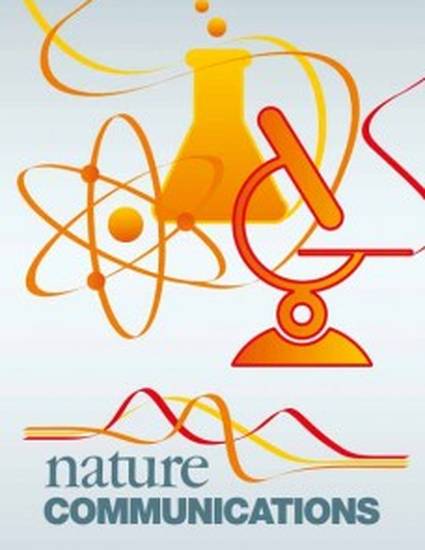
Existing regulatory frameworks for aquatic pollutants in the United States are idealized, often lacking mechanisms to account for contaminants characterized by (1) bioactivity of both the parent and transformation products and (2) reversible transformations (that is, metastable products) driven by chemical or physical heterogeneities. Here, we modelled a newly discovered product-to-parent reversion pathway for trenbolone acetate (TBA) metabolites. We show increased exposure to the primary metabolite, 17α-trenbolone (17α-TBOH), and elevated concentrations of the still-bioactive primary photoproduct hydroxylated 17α-TBOH, produced via phototransformation and then converted back to 17α-trenbolone in perpetually dark hyporheic zones that exchange continuously with surface water photic zones. The increased persistence equates to a greater potential hazard from parent-product joint bioactivity at locations and times when reversion is a dominant trenbolone fate pathway. Our study highlights uncertainties and vulnerabilities with current paradigms in risk characterization.
Available at: http://works.bepress.com/kolodziej/3/
